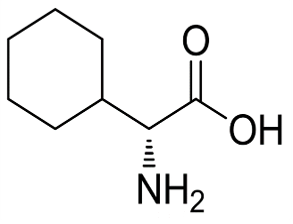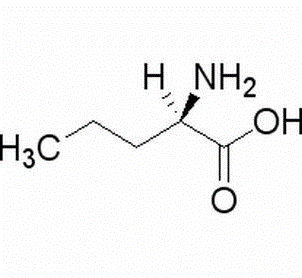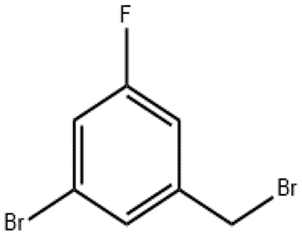D-Cyclohexyl glycine (CAS# 14328-52-0)
Risk and Safety
| Hazard Symbols | Xi – Irritant |
| Risk Codes | 36/37/38 – Irritating to eyes, respiratory system and skin. |
| Safety Description | S37/39 – Wear suitable gloves and eye/face protection S26 – In case of contact with eyes, rinse immediately with plenty of water and seek medical advice. S24/25 – Avoid contact with skin and eyes. |
| WGK Germany | 3 |
| HS Code | 29224999 |
D-Cyclohexyl glycine (CAS# 14328-52-0)Introduction
D-Cyclohexylglycine is a compound also known as D-cyclohexylamine. It is an amino acid with the chemical formula C6H11NO2. D-Cyclohexylglycine is composed of the D-configuration of the amino acid glycine and the cyclohexyl group.
D-Cyclohexylglycine has some special properties, the most important of which is that it is an optical isomer and has optical rotation. It is a white crystalline powder that dissolves in water.
D-Cyclohexylglycine has a wide range of applications in the field of biochemistry and medicine. It is often used for research and preparation of gastrointestinal hormones. In addition, D-cyclohexylglycine is also used as a food additive for the production of condiments and sauces.
The preparation method of D-cyclohexylglycine is usually carried out by synthetic chemical methods. A common method is to react cyclohexanoic acid with an ammonia gas in methanol as a solvent to produce D-cyclohexylglycine.
When using D-cyclohexylglycine, it is necessary to pay attention to its safety. It is generally relatively safe under normal conditions of use, but may cause allergic reactions in high concentrations or sensitive people. Therefore, you should follow the correct safe handling and storage methods when using, and avoid contact with skin and eyes. If accidental contact occurs, rinse immediately with plenty of water and seek medical advice.
D-Cyclohexylglycine has some special properties, the most important of which is that it is an optical isomer and has optical rotation. It is a white crystalline powder that dissolves in water.
D-Cyclohexylglycine has a wide range of applications in the field of biochemistry and medicine. It is often used for research and preparation of gastrointestinal hormones. In addition, D-cyclohexylglycine is also used as a food additive for the production of condiments and sauces.
The preparation method of D-cyclohexylglycine is usually carried out by synthetic chemical methods. A common method is to react cyclohexanoic acid with an ammonia gas in methanol as a solvent to produce D-cyclohexylglycine.
When using D-cyclohexylglycine, it is necessary to pay attention to its safety. It is generally relatively safe under normal conditions of use, but may cause allergic reactions in high concentrations or sensitive people. Therefore, you should follow the correct safe handling and storage methods when using, and avoid contact with skin and eyes. If accidental contact occurs, rinse immediately with plenty of water and seek medical advice.
Write your message here and send it to us








